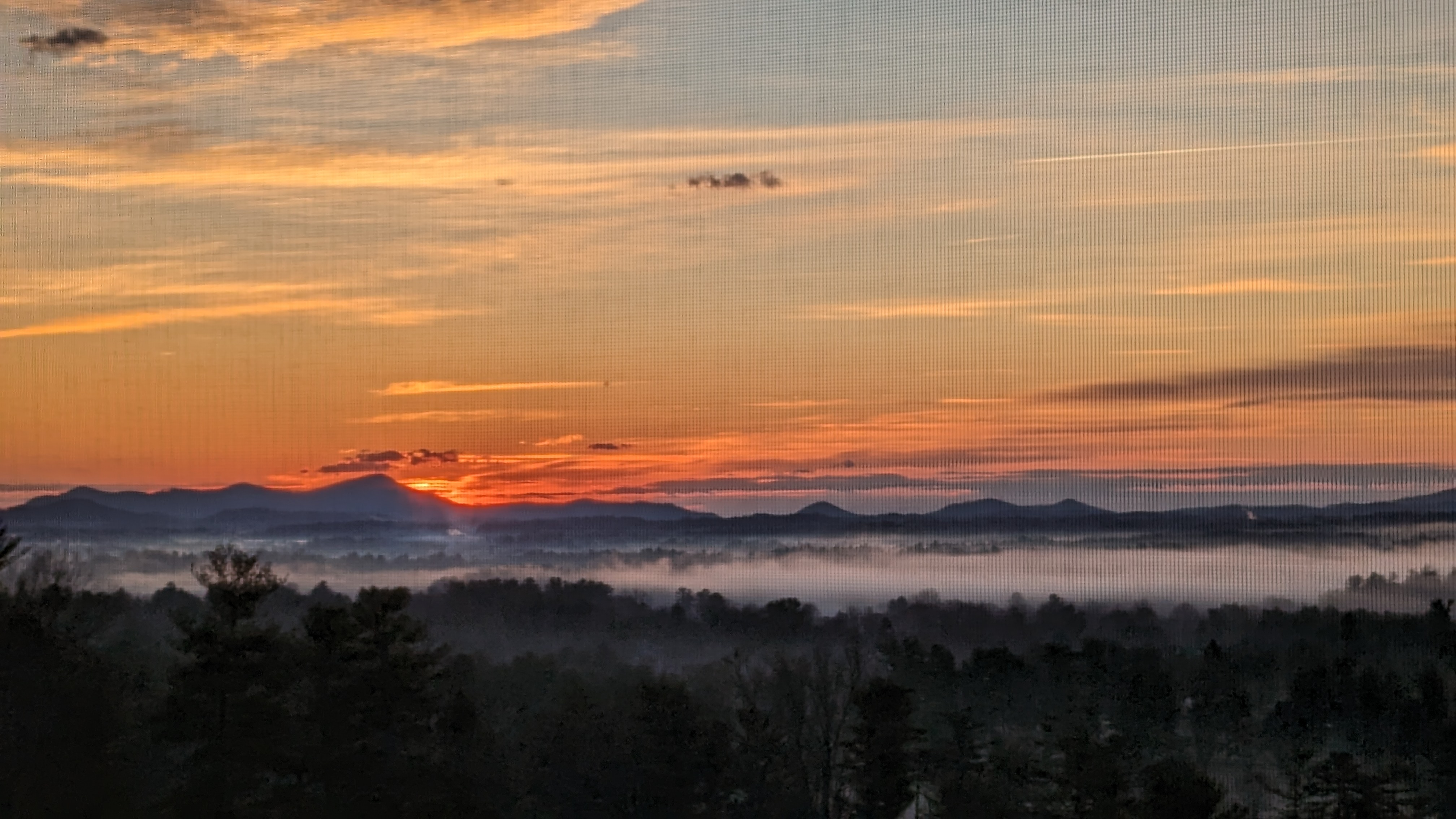When Is the First Day of Spring 2023?
In 2023, the March equinox happens on March 20, at 5:24 P.M. EDT. This falls on a Monday and is the astronomical beginning of the spring season in the Northern Hemisphere and the autumn season in the Southern Hemisphere.
If you thought that the spring equinox only ever occurred on March 21, you may be dating yourself. The civil calendar date of the equinox continues to shift every year. Find out why.
Spring Equinox Dates and Times
Year Spring Equinox (Northern Hemisphere) Spring Equinox (Southern Hemisphere)
2022 Sunday, March 20, at 11:33 A.M. EDT Thursday, September 22*
2023 Monday, March 20, at 5:24 P.M. EDT Saturday, September 23
2024 Tuesday, March 19, at 11:06 P.M. EDT Sunday, September 22
2025 Thursday, March 20, at 5:01 A.M. EDT Monday, September 22
*Due to time zone differences, this equinox will technically occur on the next day in some parts of the world.
What Is the Spring Equinox?
In the Northern Hemisphere, the spring equinox in the Northern Hemisphere (also called the March equinox or vernal equinox across the globe) occurs when the Sun crosses the celestial equator going south to north. It’s called the “celestial” equator because it’s an imaginary line in the sky above the Earth’s equator. Imagine standing on the equator; the Sun would pass directly overhead on its way north.
After the spring equinox, the Northern Hemisphere begins to be tilted more toward the Sun, resulting in increasing number of daylight hours, with earlier dawns and later sunsets! (In the Southern Hemisphere, it’s the opposite: the March equinox marks the start of autumn, as the Southern Hemisphere begins to be tilted away from the Sun.)
Although in most locations (the North Pole and Equator being exceptions) the amount of daylight had been increasing each day after the winter solstice, after the spring equinox, many places will experience more daylight than darkness in each 24-hour day. The amount of daylight each day will continue to increase until the summer solstice in June, during which the longest period of daylight occurs.
Here’s an interesting fact: Equinoxes are the only two times each year that the Sun rises due east and sets due west for all of us on Earth! While the Sun passes overhead, the tilt of the Earth is zero relative to the Sun, which means that Earth’s axis neither points toward nor away from the Sun. (Note, however, that the Earth never orbits upright, but is always tilted on its axis by about 23.5 degrees.)
Read more about the reason for the seasons.
What Does “Equinox” Mean?
The word equinox comes from the Latin words for “equal night”—aequus (equal) and nox (night). On the equinox, the length of day and night is nearly equal in all parts of the world.
Equinox diagramOn the equinox, Earth’s two hemispheres receive the Sun’s rays about equally.
Crocus field in springCrocuses are a sure sign of spring!
Spring Equinox FAQs
Q: Does Spring Begin on March 1 or on the Equinox?
A: Well, both. The answer depends on your definition of “spring.” Both dates are accurate; they’re just from different perspectives. We’ll explain …
Astronomically speaking, the first day of spring is marked by the spring equinox, which falls on March 19, 20, or 21 every year. The equinox happens at the same moment worldwide, although our clock times reflect a different time zone. And, as mentioned above, this date only signals spring’s beginning in the Northern Hemisphere; it announces fall’s arrival in the Southern Hemisphere.
Interestingly, due to time zone differences, there isn’t a March 21 equinox in mainland U.S. during the entire 21st century! We won’t see a March 21 equinox again until 2101.
Meteorologically speaking, the official first day of spring is March 1 (and the last is May 31). Weather scientists divide the year into quarters to make it easier to compare seasonal and monthly statistics from one year to the next. The meteorological seasons are based on annual temperature cycles rather than on the position of Earth in relation to the Sun, and they more closely follow the Gregorian calendar. Using the dates of the astronomical equinoxes and solstices for the seasons would present a statistical problem, as these dates can vary slightly each year.
Daffodils in fieldDid you know that daffodils are one of March’s Birth Flowers?
Q: Are Day and Night Equal on the Equinox?
A: Quite close! In reality, day and night are not exactly equal on the equinox for two reasons: First, daytime begins the moment any part of the Sun appears over the horizon and is not finished until the last part of the Sun disappears below the horizon. If the Sun were to shrink to a starlike point and we lived in a world without air, the spring and fall equinoxes would truly have equal nights.
→Read about more fun facts in the Almanac Astronomer’s post, “Vernal Equinox Oddities.”
Multicolored tulip flowers
Q: According to folklore, you can stand a raw egg on its end on the equinox. Is this true?
A: This egg folklore became popular in 1945 following a LIFE article about the spring practice. “The origins of this myth are attributed to stories that the ancient Chinese would create displays of eggs standing on end during the first day of spring,” according to John Millis, assistant professor of physics and astronomy at Anderson University in South Carolina. “The ancient Chinese celebrated the first day of spring about six weeks earlier than the equinox”—not just on the equinox itself.
As with most folklore, it’s only partly true. You should be able to balance an egg on its end on the equiox, but it’s possible to balance an egg on other days, too!
Folklore or not, this egg trick sounded like fun to us. One spring, a few minutes before the vernal equinox, several Almanac editors tried this trick. For a full workday, 17 out of 24 eggs stood on end. Three days later, we tried this trick again and found similar results. Perhaps three days after the equinox was still too near. Perhaps the equinox has nothing to do with it. Perhaps we just don’t like to take ourselves too seriously!
Try this yourself and let us know what happens. (Tip: You’ll probably have better luck balancing an egg if you try it on a rough surface or use an egg that has a bumpy end.)
Spring bird bath
Q: Which Day Has the Most Sunlight in North America?
A: The Summer—or “June”—Solstice is called the “longest” day of the year! The date of the longest day actually varies from June 20 to June 22, depending on the year, and the local time zone. By “longest day,” we mean the day that gets the most daylight (versus darkness). See our Summer Solstice page.
Some Ideas on How to Celebrate Spring!
To us, the vernal equinox signals new beginnings and nature’s renewal in the Northern Hemisphere! Many cultures celebrate with spring festivals, such as Easter and Passover.
Here are some ideas for how to spend the first week of spring.
Get outside! Look around. Are worms and grubs reappearing? (The March Full Moon is called the “Worm Moon” for this very reason!)
Watch the arc of the Sun across the sky as it shifts toward the north. Birds are migrating northward, along with the path of the Sun.
Are you noticing that the days are getting longer? Did you know that the increasing sunlight inspires birds to sing? Cool, eh? Enjoy our Bird Songs page.
Are daffodils poking up their heads? Trees, shrubs, and flowers are sensitive to temperature and day length, too! Since ancient days, people have used natural events as indicators of when the weather is right for planting. For example: Blooming crocus are your cue to plant radishes, parsnips, and spinach. See more of nature’s signs.
Can you feel the Sun getting stronger? The longer days bring high temperatures. Both we and the animals around us discard our warm clothes and heavy coats!
Do you plan to garden? The first day of spring is a traditional day to start in the garden! There’s nothing more restorative! See which days are the best planting dates according to your local frost dates or consult our Vegetable Gardening for Beginners guide to get started!
Are you craving fresh foods after a long winter? A Spring Tonic, using the early greens of spring, may be just the thing you need! Also, find some new spring recipes using what’s fresh and seasonal!
Rabbit with clover flower
Ancient Equinox Traditions: The Snake of Sunlight
Scientific explanation aside, our ancestors were more connected to the Sun than we are today. They observed its pathway across the sky, and they tracked how the sunrise, sunset, and day length changed, using the Sun (and Moon) as a clock and calendar.
There are many ancient sites that mark the equinoxes (and solstices). One of the most famous ancient Spring equinox celebrations took place at Chichen Itza in Mexico. The Mayans built a huge pyramid around the year A.D. 1000. Even today, the way the Sun’s light falls on it signals the beginning of the seasons. On the spring equinox, it looks like a huge snake is slithering down the steps. Mayans called this day “the return of the Sun serpent.”
→ See more examples of ancient seasonal markers.
Spring Verse, Quotes, and Sayings
Verse
For glad Spring has begun,
And to the ardent sun
The earth, long time so bleak,
Turns a frost-bitten cheek.
- Celia Thaxter, American poet (1835–94)
Spring-time sweet!
The whole Earth smiles, thy coming to greet.
- Unknown
Never yet was a springtime,
Late though lingered the snow,
That the sap stirred not at the whisper
Of the southwind, sweet and low.
- Margaret Elizabeth Sangster, American writer (1838–1912)
Quotes
Spring is nature’s way of saying, “Let’s party!”
- Robin Williams (1951–2014)
Sayings
Bluebirds are a sign of spring; warm weather and gentle south breezes they bring.
One swallow does not make a spring.
In spring, no one thinks of the snow that fell last year.
When the dandelions bloom early in spring, there will be a short season. When they bloom late, expect a dry summer.
Don’t say that spring has come until you can put your foot on nine daisies.
equinox-nature-3106216_1920_full_width.jpg
Learn More About the First Days of Seasons
The First Days of the Seasons are marked by four astronomical events:
The Spring/Vernal Equinox
The Summer Solstice
The Fall/Autumnal Equinox
The Winter Solstice
Look around! Observe! What are the signs of spring in your region?




